Fizz away fatigue with all-natural, DIY bath bombs that transform bathwater into a fragrant, skin nurturing, stress-melting oasis.
A quick search of the internet yields as many different recipes for DIY bath bombs as for chocolate chip cookies. If you’re feeling overwhelmed, you can make a basic bath bomb with a few drops of water and equal amounts of three primary ingredients: citric acid, baking soda, and Epsom salt.
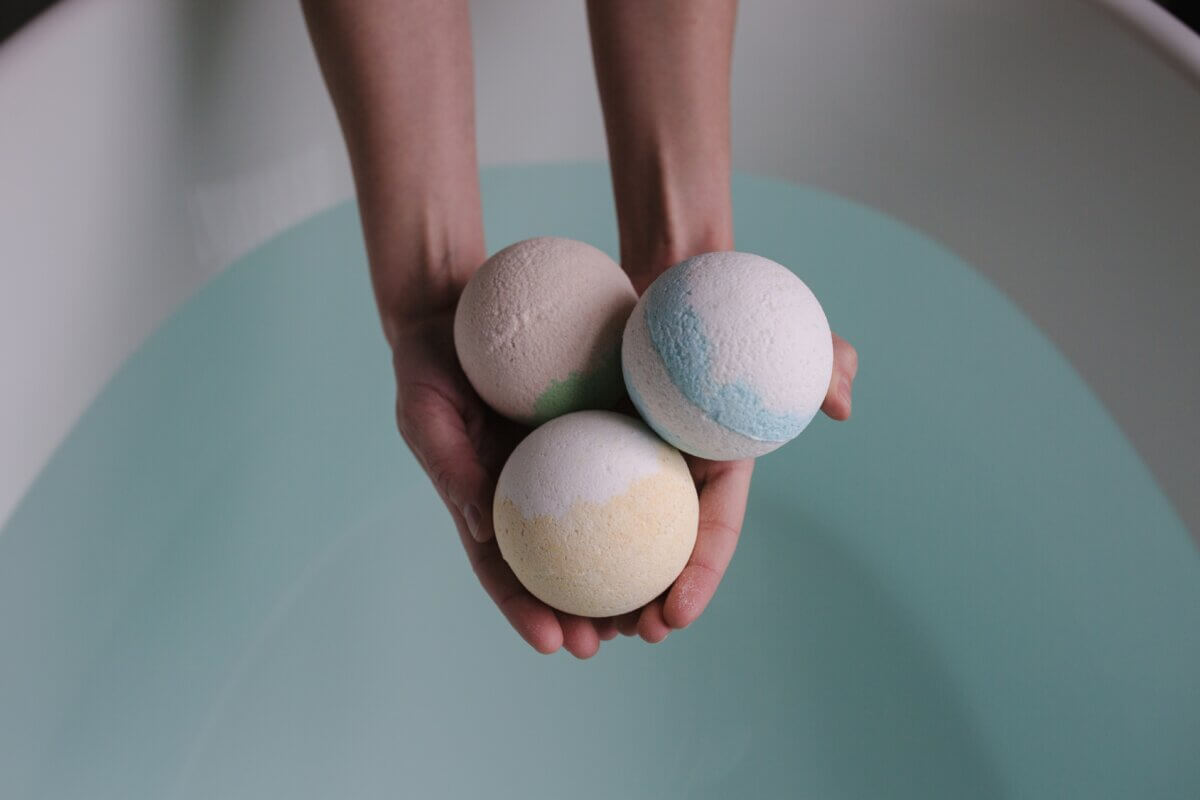
While every bath bomb recipe looks a little different, the general process is to blend the three main ingredients and combine them with just enough water to moisten the mixture adequately and hand pack the bomb into a small, firm ball.
When these basic ingredients are mixed, molded, dried, and dropped in warm bathwater, the bombs go “boom” — dissolve and fizz. It’s inexpensive, simple, and so much fun. Read on to learn more about how to make bath bombs at home including some of our favorite DIY bath bombs available online.
Best Bath Bomb Recipe
The biggest secret of a successful bath bomb is attaining the right consistency. Too much or too little moisture makes it difficult to shape the bomb and can cause the bomb to fizz prematurely.
Ingredients
- 1/2 cup cornstarch or filler of your choice
- 1 cup Epsom salt, clay, or natural bath salt of your choice
- 1 cup baking soda
- 1 cup citric acid
- 6-8 tablespoons carrier oil of your choice
- 6-8 tablespoons water or liquid of your choice
- 25-30 drops of therapeutic grade essential oil
- Food coloring optional.
Directions
- Mix all of the dry bath bomb ingredients in a large bowl.
- Sift or whisk the dry mixture briskly to remove clumps and lumps.
- In a small glass bowl, blend together the wet ingredients.
- Slowly pour the liquid mixture into the dry ingredients, thoroughly whisking to smoothly blend until the mixture clumps and holds together.
- To test the moisture in the mix, pinch a small amount of the dough between your fingers. The mixture should clump form as if you were making a snowball.
- If the dry mixture foams or fizzles, you are adding the liquid too quickly.
- If the dry mixture fails to clump, add a few more drops of the liquid of your choice until the right consistency is achieved.
When crafting bath bombs, you can either hand pack them or form them in ice cube trays or silicone molds. Allow bath bombs to dry for a day or two before storing or packing in gift baskets or boxes.
More DIY Bath Bombs to Consider
If you’re looking for a little more guidance for scents and colors, check out some of our favorite DIY bath bomb recipes to make at home.
Geode DIY Bath Bombs
Now here are some beautiful bath bombs you won’t find just anywhere. While these bath bombs look out of this world, they’re made up of the same ingredients that you’ll find in most tutorials. Use your favorite essential oils and colors to make these bath bombs one of a kind.
DIY Galaxy Bath Bombs
With colored layers, sparkly gold details, and a bright blue exterior, these DIY bath bombs are sure to rock your world. This recipe calls for almond oil and grapefruit essential oils, but you can customize it based on whatever you have on hand.
Bright Orange DIY Bath Bombs
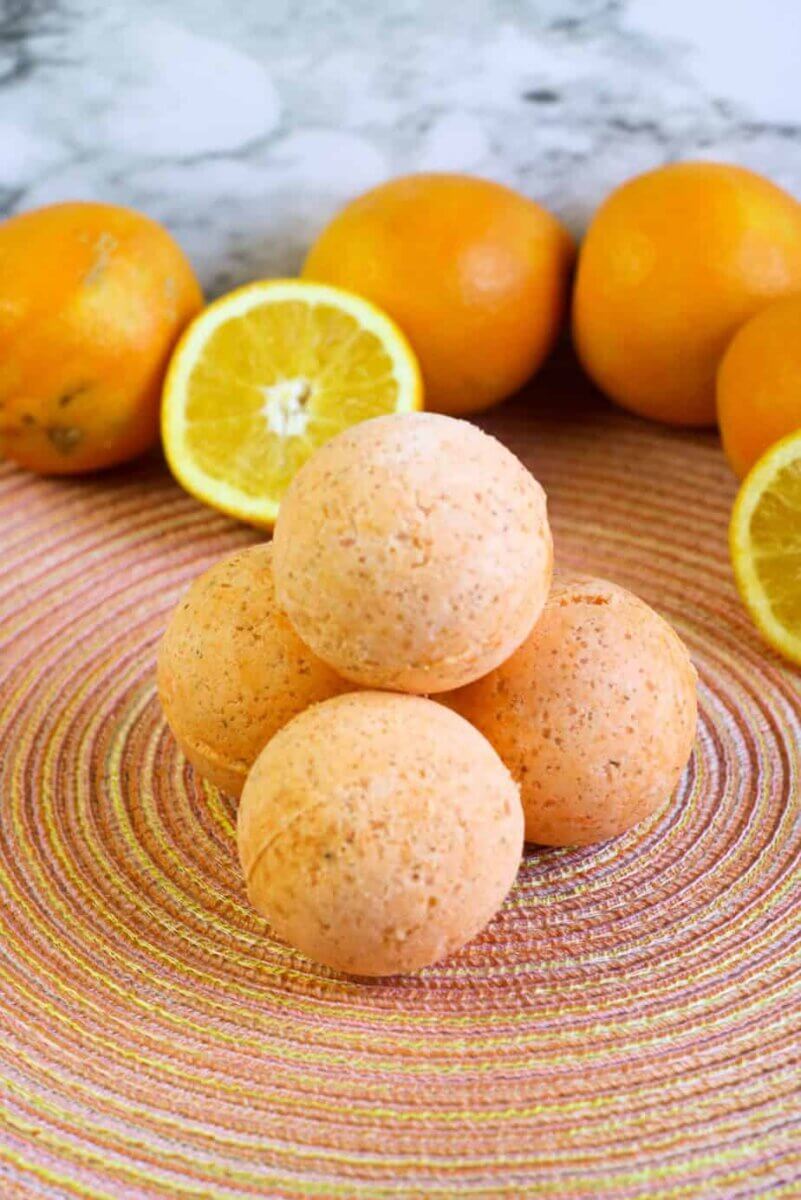
If you can’t get enough orange in your life, these bath bombs are absolutely up your alley. Utilizing orange peel zest and orange essential oils, these bright and fragrant bath bombs will leave the bathroom smelling amazing.
Bath Bomb Easter Eggs
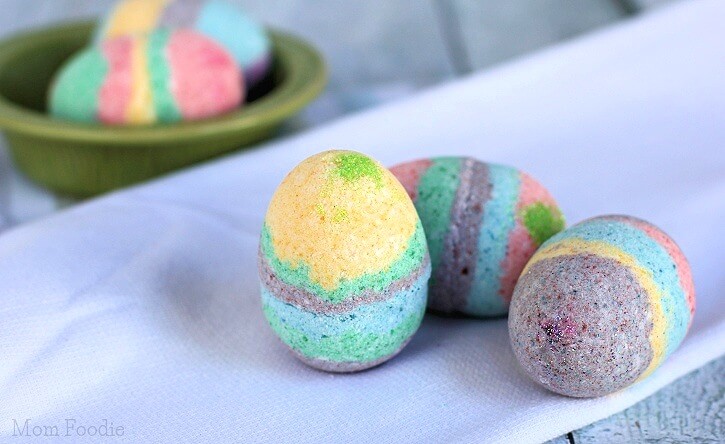
Make a big batch of these bath bomb Easter eggs for the spring holiday. Plastic Easter eggs are used as a mold for this project while a variety of food colorings are utilized to create fun patterns. Use some eco-friendly, biodegradable glitter to add the finishing touch. Your kids will totally get a kick out of these! And don’t forget to add a couple of drops of essential oils to make these your own.
Rose Petal DIY Bath Bombs
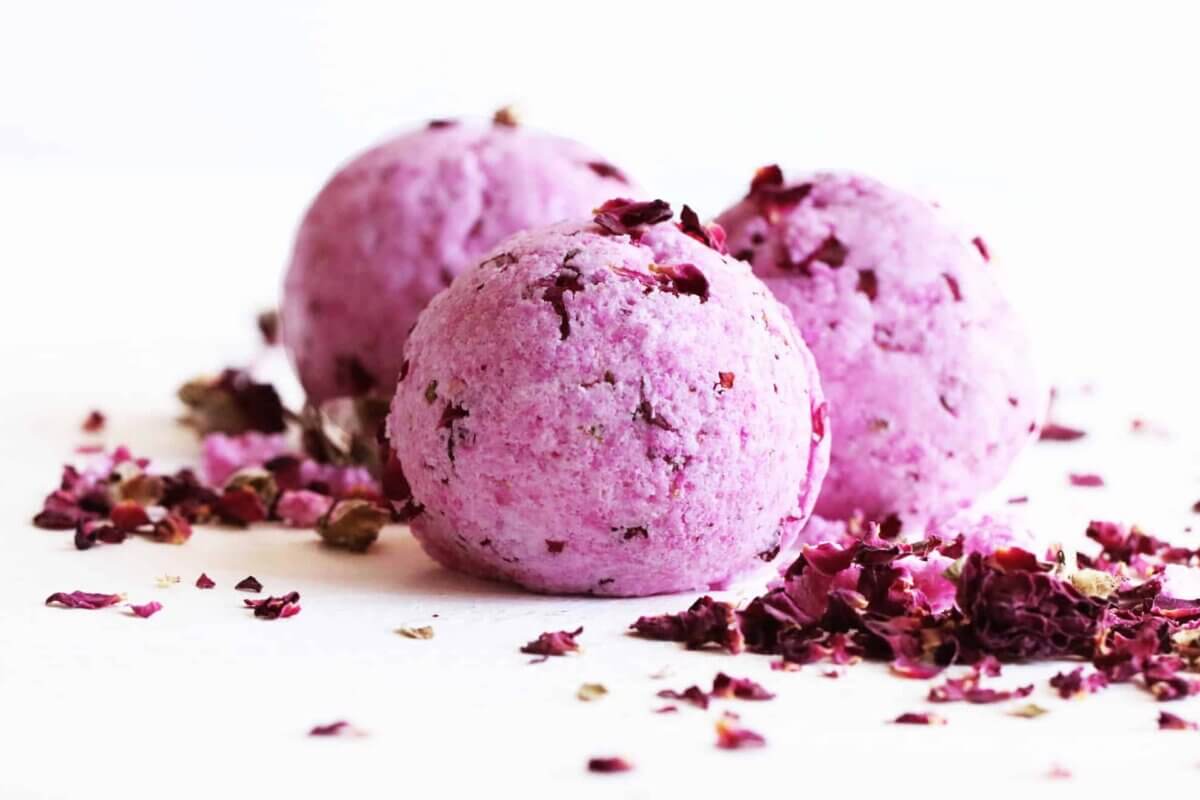
What’s more luxurious than a bathtub filled with rose petals? A bath bomb filled with rose petals! In this recipe, rose essential oil and real petals are incorporated to create a bath bomb that’s elegant, romantic, and pleasantly aromatic.
DIY Lemon Meringue Pie Bath Bombs
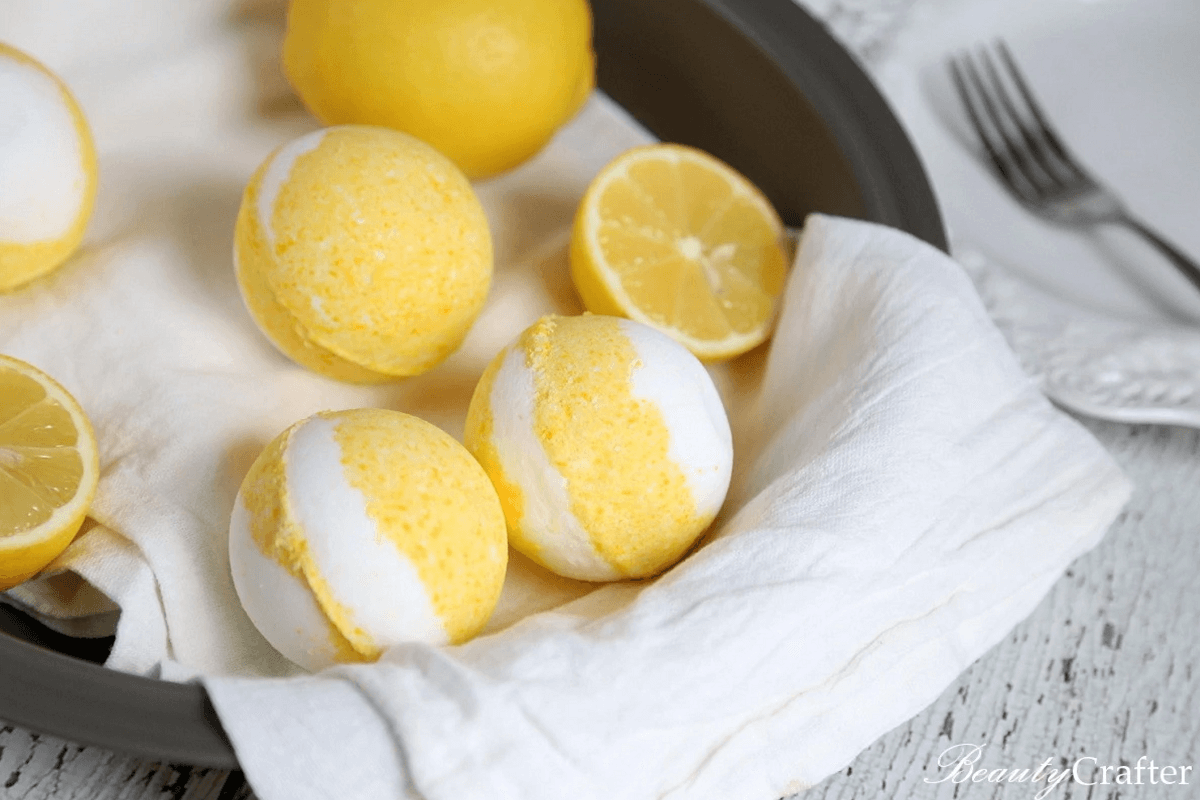
Perfect for spring, these lemon and vanilla bath bombs have a sweet, citrusy smell that’s sure to uplift your spirits. You’ll be surprised at just how similar they smell to a free lemon meringue pie! And how beautiful is that stripped design?
Common DIY Bath Bomb Ingredients
You’ll come across a lot of the same ingredients in all the DIY bath bomb recipes across the internet. Read on to learn more about them, and what works best for your personal needs.
Salts
The two most common salt substances marketed as bath or soaking salts include Epsom salt (magnesium sulfate) and baking soda (sodium bicarbonate). Baking soda, when combined with an acidic ingredient such as citric acid, is responsible for the fizz and foam when bath bombs are dropped in water. Luxury salts include Himalayan, Hawaiian, Dendritic, Celtic, and Dead Sea salts.
When crafting DIY bath bombs, I almost always include Epsom salt. It’s inexpensive and readily available. Epsom salt is not a salt but rather a mineral compound composed of magnesium and sulfate. The mineral combo (mined in Surry, England) is readily absorbed through the pores in the skin.
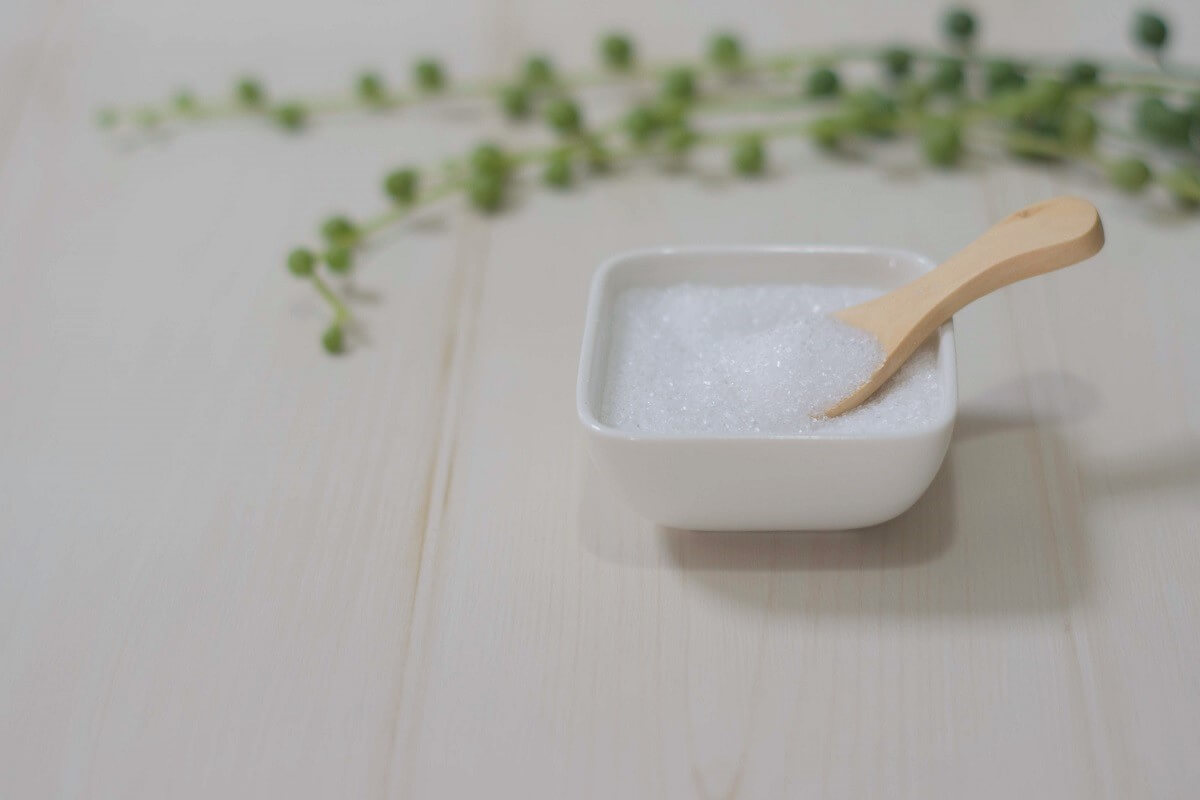
Magnesium plays several integral roles in body function and regulates the activity of more than 320 enzymes, relaxes muscles, improves nerve function, reduces inflammation, and helps to prevent hardening of the arteries. Sulfates help reduce stress, flush toxins, improve the absorption of nutrients, and ease migraine headaches.
Clay
Used in skincare rituals for centuries, natural clays, which are finely ground minerals, are valued for their impressive purifying and healing properties. Clay deep cleans pores, pulling oil from the skin and leaving it clean and fresh. When added to bath bombs, detoxifying clay also draws toxins from the pores while adding body to the bombs.
Natural clays vary by the fineness of grain and their absorption properties. As an example, kaolin clay is best for dry to normal skin while bentonite and French green clay present stronger absorption properties that are ideal for oily skin.
When adding clays to my bath bomb recipes, I typically add one cup of clay per cup of baking soda.
Carrier Oils, Emulsifiers, and Butters
Organic carrier oils such as almond, sesame, olive oil, coconut oil, jojoba oil, palm kernel oil, safflower seed oil, baby oil, or tea tree oil are ingredients frequently used in DIY bath bombs.
Carrier oils serve to bind together the dry ingredients and add skin-soothing softness and silkiness to bathwater. However, it is important to keep in mind that oil and water do not mix well. Adding carrier oils to bathwater can make the bottom of the tub quite slippery.
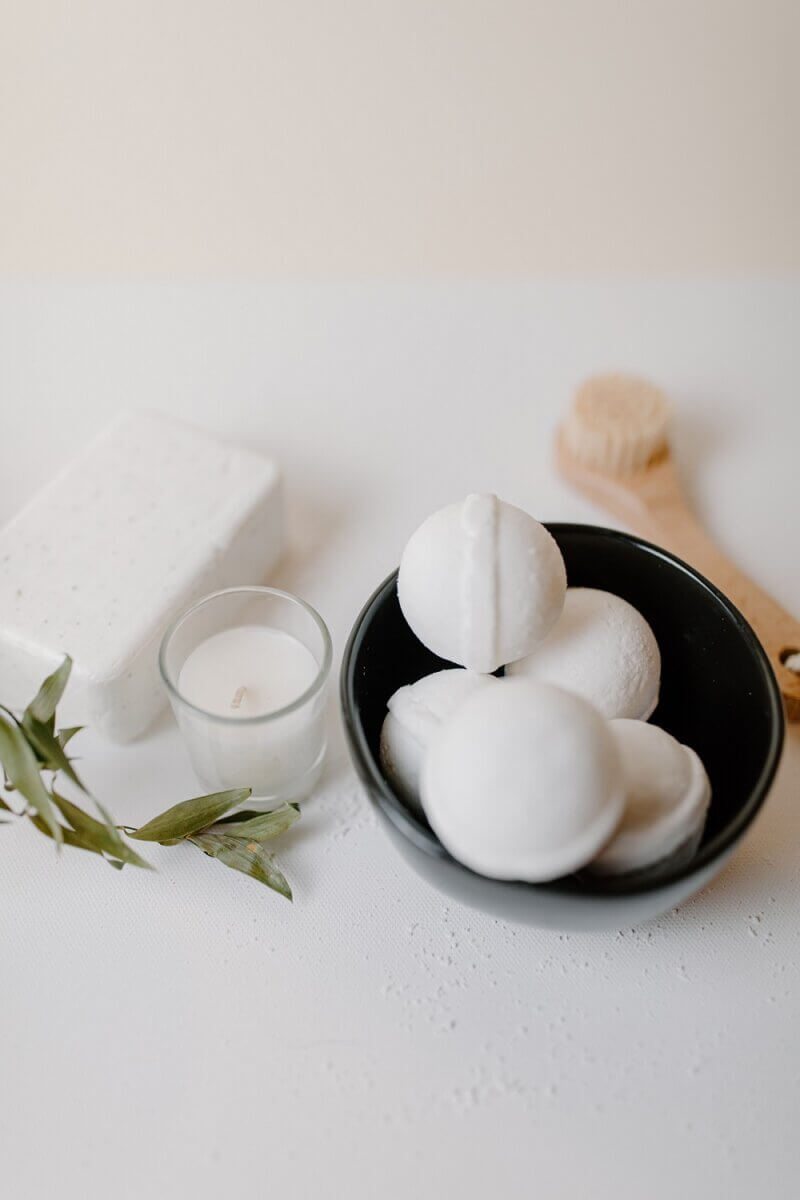
When adding carrier oils to DIY bath bombs, I always add a few drops of Turkey Red oil to offset the slipperiness problem. Turkey Red is a water-soluble oil and helps emulsify other oils in water.
In place of water as the binding moisture in your bath bombs, experiment with adding glycerin or a couple melted tablespoons of shea or cocoa butter. Lanolin and liquid lecithin are other fine natural emulsifiers that work well to restore skin health, relieve skin dryness, and reduce skin flakiness.
Related Post: How to Make Olive Oil
Citric Acid
A mild preservative commonly used in home canning and candy-making, you likely have citric acid (also known as citric salt or citric acid crystals) on your pantry shelf. If not, look for citric acid in the canning department of home and garden centers, or order citric acid crystals online.
If you prefer not to use citric acid, replace it with lemon juice, vinegar, cream of tartar, or baking powder. I discovered that a combination of apple vinegar and baking powder creates the best bath bombs without citric acid.
Essential Oils
Making DIY bath bombs at home is fun and easy. Once you have selected a recipe, it’s time to craft a unique, customizable scent. What’s your favorite? Find your signature fragrance by experimenting with different combinations of therapeutic-grade essential oils.
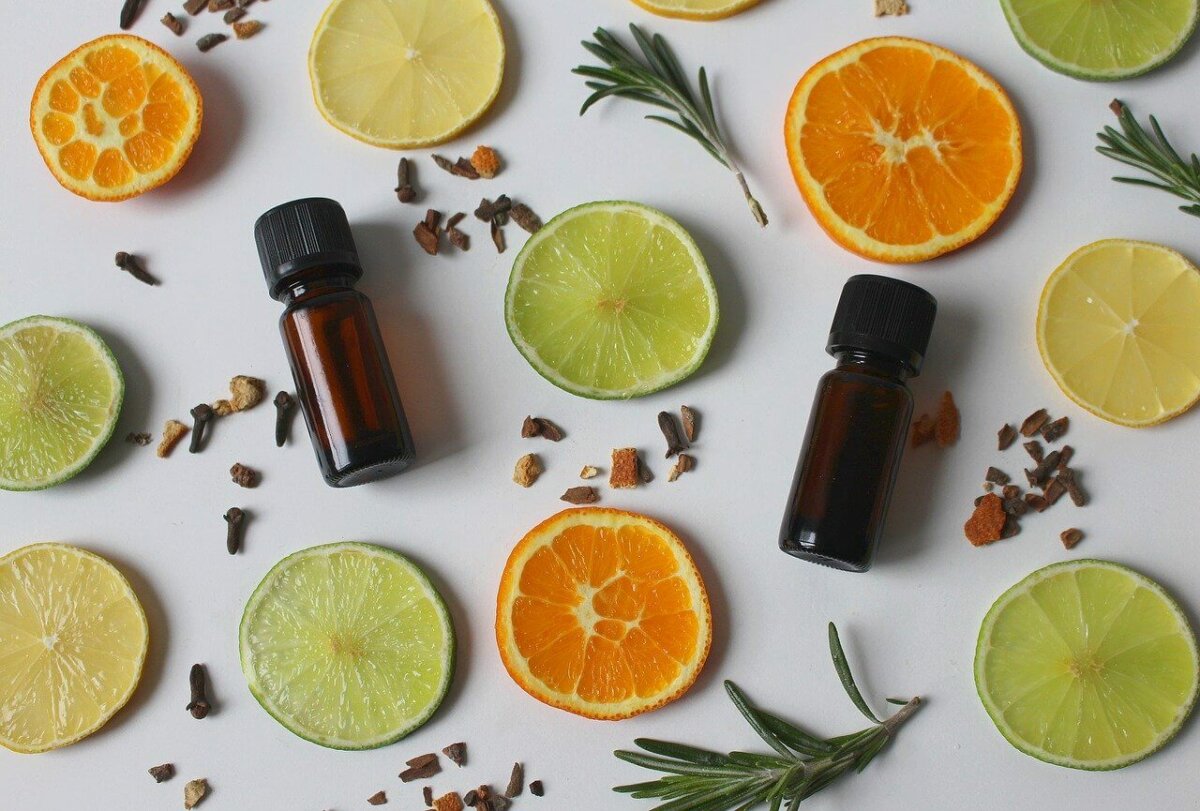
And use your imagination. There are dozens of essential oils with delightful fragrances and a wealth of healing properties. Eucalyptus, ginger, rose, and lavender essential are a few popular choices.
- Coconut, ginger, jasmine, tea tree, and pineapple essential oils soothe and silken sensitive skin and present a light, clean fragrance reminiscent of the tropics.
- If you seek a light citrus scent, experiment with combinations of orange, ginger, lemon, lime, or grapefruit essential oils.
- If you are blending bombs for that special man in your life, consider white sage, cedar, balsam, sandalwood, or juniper essential oils.
Fillers
Corn starch, powdered milk, powdered buttermilk, arrowroot powder, ground oats, and baking soda are the fillers I use most often in my bath bomb creations. They are easy to find at the local supermarket or can be purchased in bulk online.
Color
One of the best ways I have discovered to add all-natural color to bath bombs is to toss a handful of freeze-dried fruit (mango, banana, raspberry, strawberry, or blueberries) in the blender to pulverize.
The resulting powder, when added to DIY bath bombs, can be used to impart subtle shades of yellow, orange, red, pink, purple, green, and blue. Freeze-dried fruit powder available for purchase online, has become a staple in my pantry. I use it in baking, in smoothies, and now in my bath bombs.
I also use turmeric for orange or yellow coloration, spirulina for green, and alkanet root (ratan jot) for deep purple shades. If you are not familiar with ratan jot, it is a spice from India used to reduce inflammation, lighten skin scars, and prevent premature aging of the skin. I love the color, and it adds beneficial healing properties and a wonderful silkiness to bathwater.
Why Make DIY Bath Bombs?
Elegantly crafted homemade bath bombs make great gifts for family and friends. Making your own also allows you to personalize bath bombs to your unique therapeutic needs and aesthetic preferences.
For me, that’s important. Suppose you have sensitive skin that’s prone to dryness and easily irritated (like me). In that case, you seek beauty products containing all-natural ingredients, free of toxic chemicals, and synthetic fillers and fragrances.
References
- Epsom Salts, Washington State University
- Epsom Salt Benefits and Uses, SaltWorks
- Sodium Bicarbonate, National Library of Medicine










































Leave a Reply